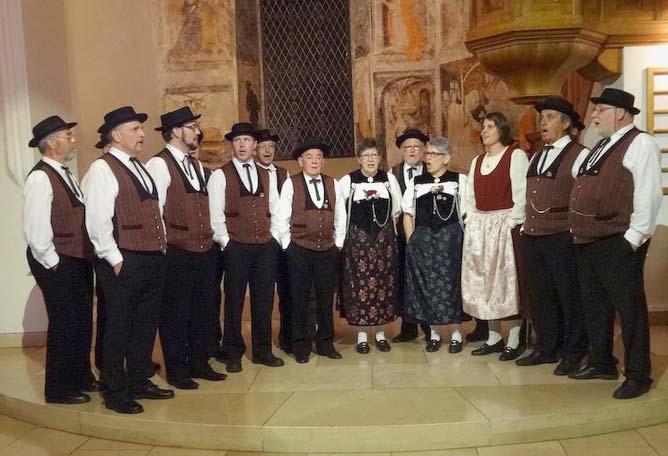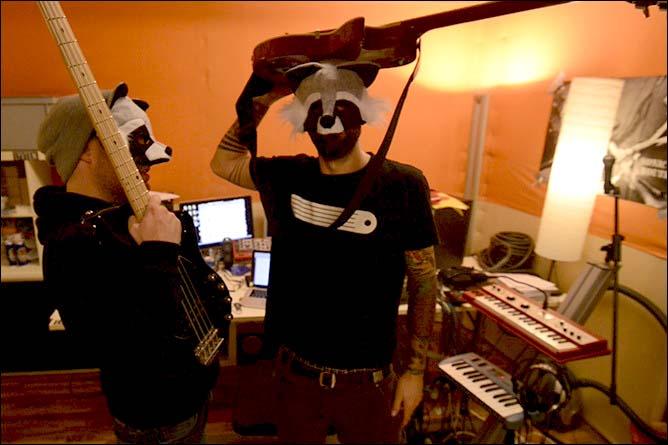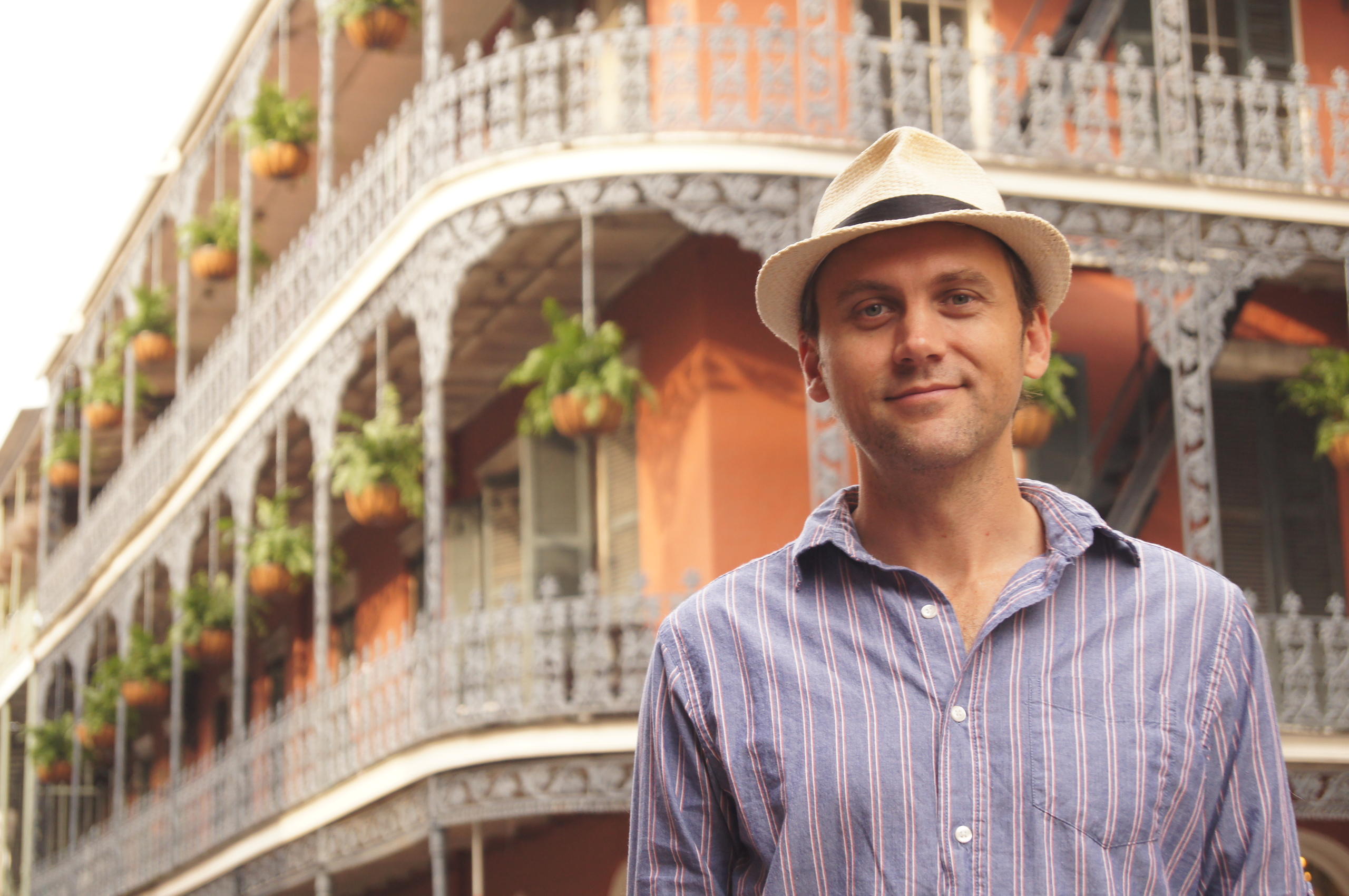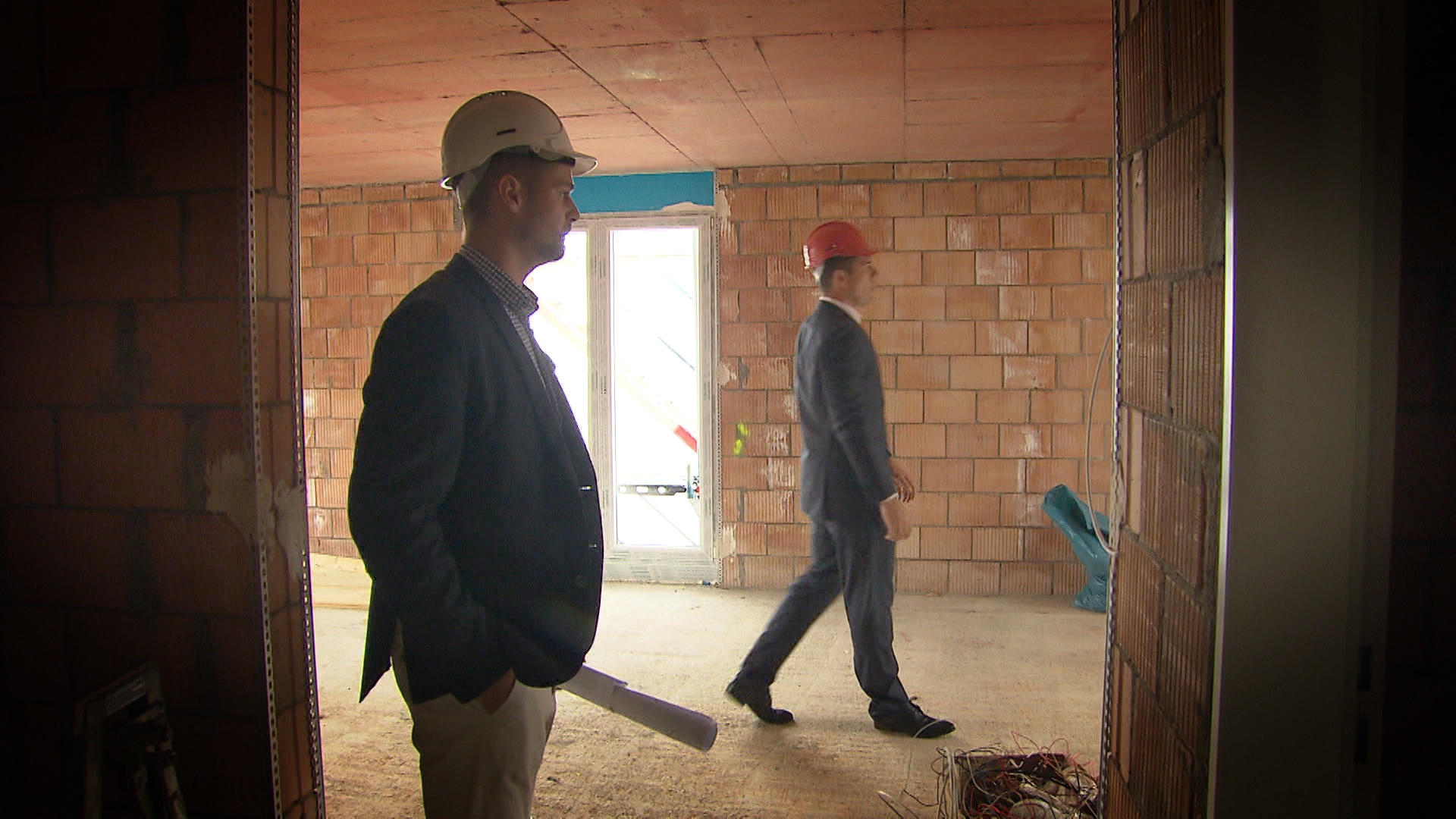The crowd isn’t always a reliable partner

The arts are one of the major beneficiaries of crowdfunding in Switzerland. But that isn’t to say that every project is successful – far from it. Without a good social media network, campaigns don’t stand a chance. Less popular art forms also struggle.
In 2015, Swiss users raised around CHF6 million ($6.1 million) for more than 500 arts projects via reward-based crowdfunding, or “crowd supporting” (see box), even though this particular means of fundraising is still in its infancy in Switzerland.
“Private patronage has a stronger tradition in the US than here,” says Melina Roshard, 34, who supported one of Switzerland’s first crowdfunding projects and is now CEO of the leading Swiss crowdfunding platform, Wemakeit.
Facts on crowdfunding in Switzerland
In 2015, CHF27.3 million was raised for 1,342 campaigns.
- 75% of all projects originate in urban regions
- Almost 50% of these are reward-based crowdfunding projects
- On average, the initiators and their supporters live only 12km apart
- The success rate for reward-based crowdfunding projects is 65%
- The most popular categories for reward-based crowdfunding support are: music/festivals, technology/start-ups and social projects
- Best-known platforms: Wemakeit, 100days
“That said, crowdfunding has become well established in the music and film sectors over the past five years, and we believe that it still has significant growth potential in other areas, too.”
Things are, indeed, moving fast. According to a studyExternal link published by Lucerne University of Applied Sciences and Arts, last year 90,000 people put CHF27.3 million into crowdfunded projects – more than twice as much as in 2013. And the trend is growing.
Search the internet and you’ll find countless guides to launching a successful campaign. The US and UK have even seen the emergence of an entire consulting industry.
“It takes a lot of work,” says Zurich-based journalist, DJ and amateur musician Markus Krucker. Along with a friend, in July he launched the successful Fred&WaltExternal link crowdfunding campaign. For three years, the duo recorded a range of Zurich-based musicians playing their own songs. They planned to release the resulting album on vinyl – but needed money.
And so they turned to the crowd: Fred&Walt shot a funny videoExternal link, organised attractive rewards for investors and were active on social media. They also had the initial advantage that many artists from the same city had been involved in the project from the very beginning – and good local networks are worth a mint in a crowdfunding campaign.

Personal touch
The campaign didn’t exactly take off, however. “We soon realised that PR via social media wasn’t enough in itself. You have to approach people in person,” says 40-year-old Krucker.
They responded by handing out flyers and writing email after email. The personal request still has by far the greatest effect – something confirmed by other campaigners. Ultimately Fred&Walt collected even more than the target CHF7,700.
At almost exactly the same time as Markus Krucker in Zurich, 25 kilometres further north in Eglisau choir leader Helene Haegi went online with her Heimatliche KlängeExternal link (local sounds) folk music project. Her aim was to get two male voice choirs to yodel a mass for charity. Despite a video, a great network and creative rewards for investors, Haegi secured only CHF1,700 of her target of CHF10,000.
“Our target amount was too high,” reflects Haegi. A further problem was that her target audience are not heavy internet users. “Our club members have great networks, but not over the internet.”
Although some of the choir members have Facebook accounts and posted the campaign online several times, they simply weren’t reaching anyone.
“Another factor is that many older people are sceptical about making payments online,” she says. Clearly, crowdfunding has yet to bridge the generation gap.
Promotion vs nuisance
Haegi also found it particularly difficult to tread the line between promotion and being a nuisance.
“You have to be on it the whole time, asking people and broaching the subject again. But you have to respect people’s boundaries. Sometimes I couldn’t bear to go begging again.”
The verdict is clear: the more people who actively support a campaign, the easier it is. Having learnt this and other lessons, Haegi plans to try again in the future.
Crowdfunding ≠ crowdfunding
- Reward-based crowdfunding / crowd supporting: Users give money to a project and receive goods or a service in return. This is the norm with arts and social projects. In some cases, users will waive any reward, which is sometimes referred to as crowd donating.
- Equity crowdfunding / crowd investing: Users take a stake in the company in the form of equity and receive a share of the profits if the business succeeds.
- Debt-based crowdfunding / crowd lending: Users effectively grant a loan to a project and receive interest in return.
These examples show that raising money via crowdfunding is an adventure. It can make many things possible, but less popular art forms are in a difficult position, and the approach cannot succeed without good social media networks.
With this in mind, crowdfunding is no substitute for the current arts promotion programmes run by the public sector and individual foundations. But it can close gaps, attract attention and point out trends. In this way, crowdfunding on the Swiss arts scene is often used as a market barometer and pre-selling channel.
New models
Matched crowdfunding, which combines funding from arts organisations with money raised by users, is still almost unknown in Switzerland. With this model, a foundation might undertake to double the amount raised if a crowdfunding campaign succeeds in reaching a given target.
In the UK, the Creative EnglandExternal link non-profit platform uses this approach to offer targeted support to the creative industry. Meanwhile, the LuchtsingelExternal link pedestrian bridge in Rotterdam is the first public infrastructure ever financed by so-called matchfunding.
Switzerland is only just beginning to take the first steps in this direction. One such project is Music BoosterExternal link, which is being run by Swisscom to support Swiss bands via matchfunding.
The Zurich-based DonxtExternal link platform also went online this spring. Like its US forerunner PatreonExternal link, the crowd supports the artists themselves in the form of a monthly payment, rather than any specific product. According to its operators, Donxt got off to a successful start and is expected to grow strongly.
Interest in a subscription to the arts confirms this trend: culture is moving closer and closer to the consumer. Whether with five francs or 10,000 – today anyone can be a patron of the arts.
Are you one of the crowd? What sort of projects would you consider supporting in this way? Let us know in the comments.

In compliance with the JTI standards
More: SWI swissinfo.ch certified by the Journalism Trust Initiative





You can find an overview of ongoing debates with our journalists here. Please join us!
If you want to start a conversation about a topic raised in this article or want to report factual errors, email us at english@swissinfo.ch.